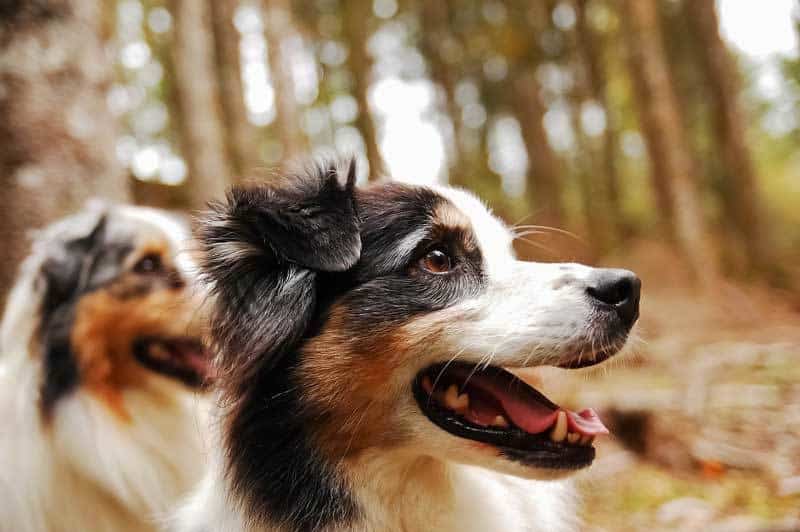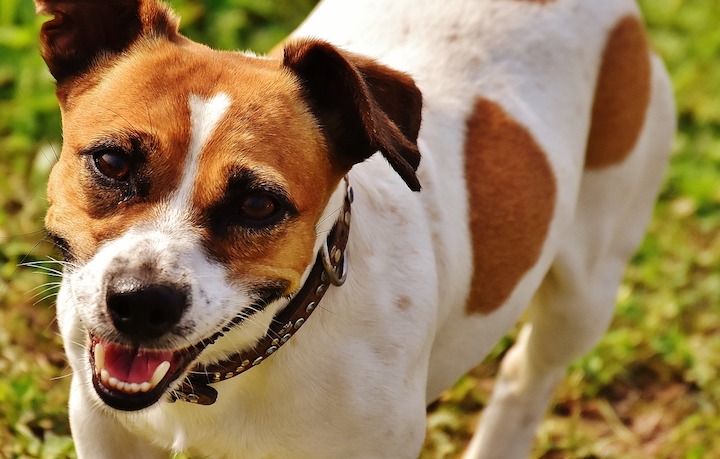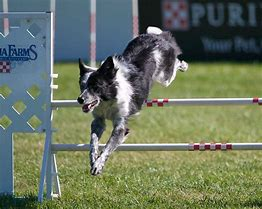Introduction
Agility competitions have been growing in popularity with dog owners. In agility courses, dogs are tasked to negotiate an obstacle course under the guidance of their owner/handler. While many dogs fall into one of three categories – sight hounds, scent hounds and herding dogs – it is assumed and understood that any breed can participate in this hobby despite their physical and mental attributes. While breeds such as Border Collies, Jack Russells and Australian Shepherds among others tend to be the usual go-to for participants (for specific skillsets or characteristics) we will let you know which dog breed is best for agility training in this article.
The Best Dog For Agility Training
Keeping all of the above traits in mind, it’s absolutely true that specific breeds are more likely to have the traits you need for a good agility dog.
No matter how much training you do and how much drive your dog has, you’re not likely to find a Pug that can outpace the average Sheltie – and no matter how fast they are, most Greyhounds simply can’t keep up with the smarts of an Australian Shepherd.
Genetics influence your dog’s behavioral traits, and breed is often one of the best places to start when looking for a specific “type” of dog.
Border Collie
There’s a lot of reasons that these whip-smart workhorses dominate on the agility course. Bred for off-leash obedience and learning complicated patterns to herd sheep, the Border Collie has transferred almost seamlessly to being the go-to agility companion.
Standout Traits: The complete package: speed, intelligence, drive, trainability.
Off-Course Behavior: This breed can be too “go-go-go” for many owners (my Border Collie frequently falls asleep with his toys and wakes me up with toys in my face, even if he went on a 20-mile hike that same day).
They can be barky, pushy with toys, and creative in finding new “jobs” (like emptying the trash or rearranging the insides of your pillows) if you’re not keeping them busy enough. They can also be a bit shy with new things.
But if you’re dedicated to training and exercising them, they are a true joy to work with. I don’t know if I’ll ever own another breed after getting my first Border Collie in 2017.
Common Health Problems: Generally a healthy breed, Border Collies nonetheless can suffer from eye and joint issues, especially as they age. A genetic anomaly can also make many Border Collies allergic to Ivermectin, the active ingredient in many flea and tick medicines.
Australian Shepherds

A bit bigger and goofier than Border Collies, Australian Shepherds have a lot going for them as agility companions.
They’re similarly bred for learning complex herding behaviors, listening to their owners in distracting scenarios, and working all day on the farm. They’re also, in my opinion, one of the most photogenic dog breeds out there. Most Australian Shepherd mixes tend to be gorgeous as well!
However, when their tails are docked (as is common at a young age in the U.S.), they often lose out on balance and speed compared to Border Collies.
Standout Traits: Intelligent, happy-go-lucky workhorses. Generally a bit more outgoing than Border Collies with dogs and people.
Off-Course Behavior: Australian Shepherds are lovers of stimulation and adventure, making them a bit too high-energy for some owners. They can be quite boisterous and clingy, following their owners everywhere and barking at just about everything.
But unlike Border Collies, Aussies are generally known for being wiggly and friendly with others. They still aren’t as stranger-loving a most Retrievers, but they’re not quite as reserved as some other herding breeds.
Common Health Problems: Merle Aussies, especially “Double Merle” Aussies, are prone to serious health problems. Deafness and blindness are unfortunately common in these blue-eyed or white-faced Aussies. Otherwise, this is generally a hardy breed.
Shetland Sheepdog
The smallest herding dog that we’ll discuss today, the Sheltie is shockingly fast and intense for such a small, fluffy package.
While they aren’t always as fast as a Jack Russell at a sprint, Shelties are one of the smartest and most trainable small breeds out there. They’re excellent agility companions for people who are happy to compete in smaller height classes.
Standout Traits: Arguably the most handler-focused of the small breeds, very smart.
Off-Course Behavior: There’s no way around it: Shelties are barkers. They are also prone towards nervousness and anxiety (that’s a strong trend for most herding breeds), especially if under-exercised and understimulated.
Common Health Problems: Shelties are prone to eye issues, including Progressive Retinal Atrophy (PRA), Corneal Dystrophy, and Collie Eye Anomaly. They are also susceptible to epilepsy and heart issues.
Golden Retriever
Is there anything that Goldens can’t do? Surprisingly fast for their size, Golden Retrievers often make appearances at the highest levels of agility competitions.
They love learning and training, and are generally easier to live with than the herding breeds that dominate agility. Be sure to find a Golden from a breeder who focuses on athleticism and sport, not mushy family pets.
Standout Traits: Friendly and loving, yet very work-oriented and smart when given a task.
Off-Course Behavior: Goldens are big lovebugs and workaholics. Most love people and dogs of all sorts, but also need far more exercise and mental stimulation than people expect. They are somewhat prone to resource guarding.
Common Health Problems: A shocking 60% of Golden Retrievers die of cancer. Like many other large breeds, they’re prone to hip and elbow dysplasia. Overall, this breed has seen a dramatic decline in healthiness in the last 30 years.
Jack Russell Terrier

Spunky and athletic, the Jack Russell Terrier (and its close cousins, the Parson Terrier and Russell Terrier) always makes a strong showing in the small-dog class of agility.
While terriers can be a bit headstrong, they love to work and do very well with motivational training methods. They’re also smarter than they let on sometimes!
Standout Traits: A low-slung body and innate musculature make the Jack Russell a natural fit for fast and furious agility competition.
Off-Course Behavior: Like most terriers, Jack Russells enjoy digging, adventuring, and destroying things. To be pleasant roommates, they often require a skilled trainer. They can also be “snarky” with other dogs in many cases.
Common Health Problems: Legg-Perthes Disease, a hip joint disease, is common in this breed. Jack Russells and Jack Russell mixes may also suffer from inherited eye problems and deafness.

Cocker Spaniel
Don’t be fooled by the ultra-cute face of this little dog. Cocker Spaniels are tough, smart, and fast on the agility course. While it can be a bit tricky to keep Cockers slim (so keep an eye on your Cocker Spaniel’s diet), they’re excellent, small-ish agility dogs that are easy to live with off-course.
Standout Traits: Spunky and cheerful, Cocker Spaniels are fantastic companion dogs that are fun to work with on and off the field.
Off-Course Behavior: Loveable and playful, Cocker Spaniels may be the easiest of the agility dogs to live with. That said, they’re still highly energetic and adventurous. Don’t be fooled by their small size and cute face!
Common Health Problems: Unfortunately, Cocker Spaniels are not a very healthy breed. There are a host of eye issues common with the breed (Progressive Retinal Atrophy, cataracts, and entropion are just a few), as well as issues with knees, elbows, and hips. As always, going with a reputable breeder who does thorough health testing can protect your future dog from these risks.
Conclusion
While choosing the ideal dog for agility training should be a decision taken seriously and after much research, the good news is that any of the dogs listed above would make a great choice. But don’t just take our word for it: spend some time with each one of these breeds before making your decision. Then, if you’ve found the right fit and you’re ready to get started, feel free to check out our expert tips below on how to train your dog for agility training.